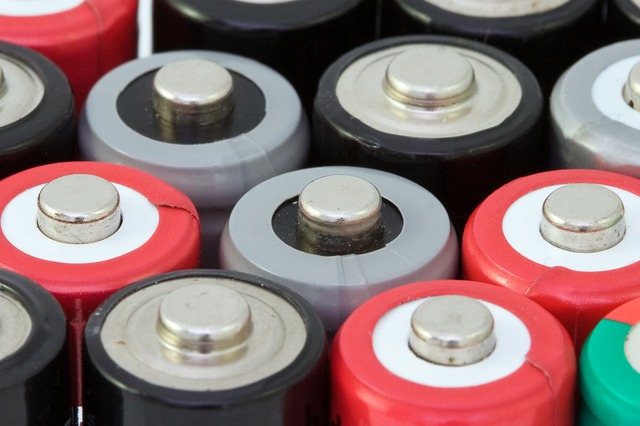Batteries of all types (lead-acid, nicad, lithium) are used in a multitude of applications. Six Sigma helps improve their manufacture by reducing defects. We’ll look at three case studies applying Six Sigma to battery manufacture: two from India and one from Portugal. Then we’ll finish with a video of how rechargeable alkaline batteries are made.
Using Six Sigma DMAIC and DMADV to Reduce Lead Acid Battery Rejection Rate: India
In a paper titled “An Application of Six Sigma DMAIC and DMADV Methodologies in a Two-wheeler Lead Acid Battery Manufacturing Industry,” authors Lakkamaneni Venkatesh and K. Ravindranath discuss the use of Six Sigma DMAIC and Design for Six Sigma DMADV in order to reduce the rejection rate of lead acid batteries due to acid seepage at the terminals.
The following are included in the report:
- SIPOC
- Flowchart of Battery Base Cover Manufacture
- Suspected Sources of Variation
- Injection Molding Process Defect Rates
- Pareto Chart of Rejections
- Cause and Effect Diagrams of Processes
- Percent Rejections Before and After Process Changes
- Design Changes Through DMADV Application
As a result of the study, battery overall rejection was reduced from 3.32% to 1.6% by
applying process DMAIC methodology. Changes made in the design of the terminal by the DFSS DMADV methodology should further reduce the battery rejection rate to near 0%.
You can read the paper here.
[Citation Source: International Journal for Research in Engineering Application & Management (IJREAM)
ISSN : 2454-9150 Vol-03, Issue-12, Mar 2018, pp. 70-77. DOI : 10.18231/2454-9150.2018.0053]
Using Six Sigma to Reduce Battery Pasting Defects: India
In a case study titled “Reduction of pasting defects by using six Sigma techniques: A case study in battery manufacturer company” authors Sharma Kapil Abhisheka and Kanwar Singh Rupinde discuss the application of DMAIC phases to reduce the missing pallet defects defined as those battery plates which are missing paste on the grid at some area. These missing pallet defects accounted for 66% of all pasting defects.
These are included in the report:
- SIPOC
- Pasting Defects Summary
- Pareto Analysis
- Pasting Manufacturing Flowchart
- Cause and Effect Diagram
- FMEA
Through the work performed pasting pallet defects per month of 6711 were reduced to 2505.
You can access the paper here.
Applying Six Sigma to Reduce Battery Cutting Plates Defects: Portugal
In an article titled “Development of SPC in the cutting plates process of AGM batteries” authors Diana Vieira da Silva, Miguel Casquilho, Fátima Coelho Rosa and Rui Sardinha cover the use of DMAIC to reduce cutting plate defects.
Included in the article:
- Pareto Analysis by Cutting Machine
- Pareto Analysis of Type of Unformed Plates
- SIPOC for Cutting Plates Process
- Pareto Chart of Scrap Production for Unformed Plates XP+
- Measurement Systems Analysis for Calipers
- Control Charts for Cutting Height for Left and Right Side of Cutting Machine
- Cause and Effect Diagram of Cutting Height Variability
The Right-Angled-ness of Grids was of major concern. During the Improve Phase, several changes were applied in the casting process to reduce the number of right-angled-ness grids which led to the reduction of scrap produced from 12% to 4%.
The article goes on to provide details of other changes that were made including the training of operators.
The file is available from this link.
Video of How Alkaline Batteries are Made
This video from How Its Made looks at how Canadian company Pure Energy makes rechargeable alkaline batteries.
You can watch the video here.
Interested in expanding your knowledge on Lean Six Sigma? Take your career to the next level and join ISSSP today! Access the hundreds of videos, webinars, whitepapers, case studies, and other resources available in our library.







Leave A Comment